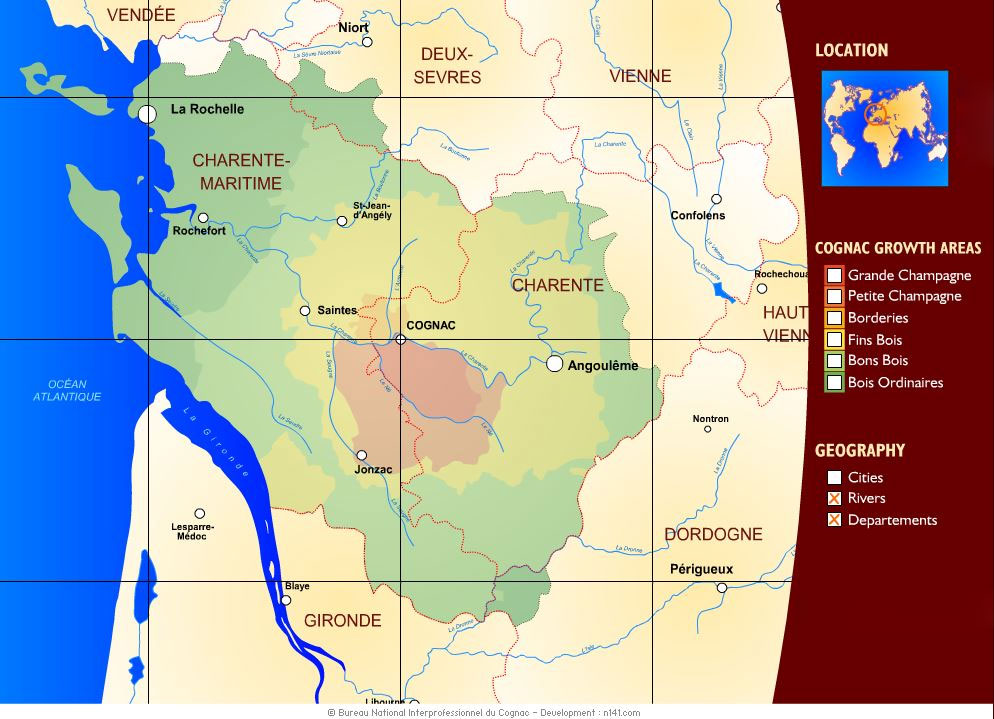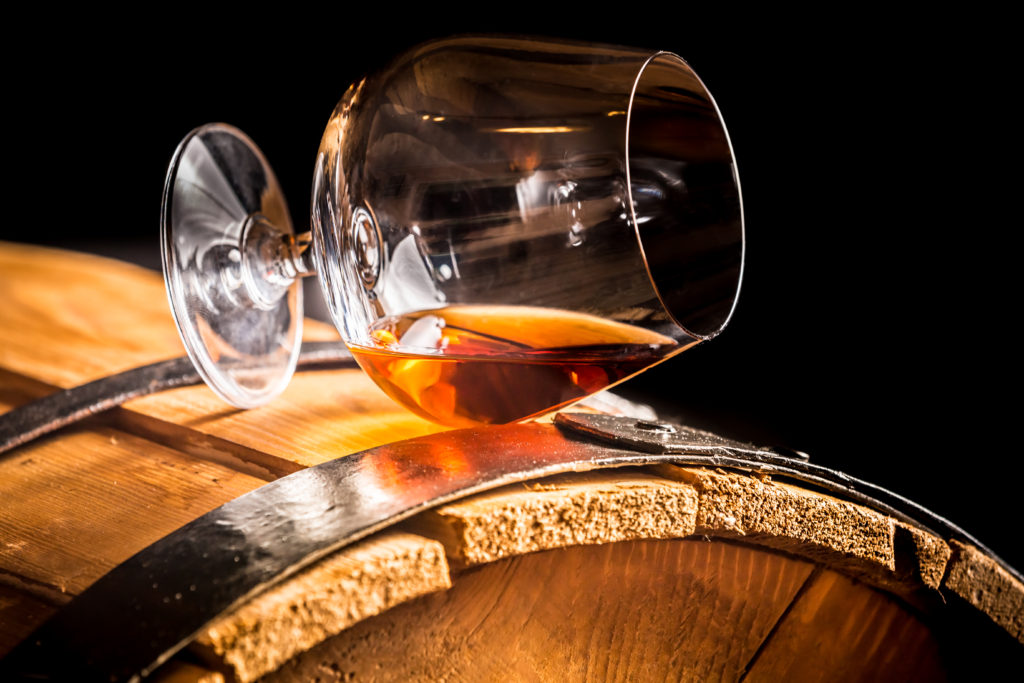The Vineyards of Cognac: A Journey Through the Delimited Region
Let’s explore the vineyards of Cognac and explore the different grape varieties and crus that are used to make this delicious spirit.
The Vineyards of Cognac: A Rich History
The vineyards of the Cognac Delimited Region include approximately 5,900 grape growers who produce white wine for Cognac making. The history of these vineyards is rich and storied, and the grapes that are grown here are some of the finest in the world. The variety most widely planted are Ugni Blanc grapes, although Folle Blanche and Colombard are also found.
Ugni Blanc: The King of Cognac Grapes
Ugni Blanc is the most widely planted grape variety in the Cognac Delimited Region. This late-maturing variety has a good resistance to grey rot and produces a wine with two essential features: a high acidity level and, generally speaking, a low alcohol content. Ugni Blanc grapes are known for their high quality and are used to make some of the finest Cognacs in the world.
Folle Blanche and Colombard: Supporting Players in Cognac Production
Folle Blanche and Colombard are two other grape varieties that are grown in the Cognac Delimited Region. These varieties are not as widely planted as Ugni Blanc, but they play an important role in Cognac production. Folle Blanche and Colombard grapes are known for their high acidity and are often used to add complexity and depth to Cognac blends.
The Impact of Phylloxera on Cognac Grape Production
Since the phylloxera plague suffered at the end of the 19th century, all the varieties used have been grafted onto various rootstocks according to the type of soil. This has had a significant impact on Cognac grape production, as it has allowed the region’s vineyards to recover from the devastating effects of phylloxera.
The vineyards of the Cognac Delimited Region are a rich and storied part of the region’s history. The grape varieties that are grown here are some of the finest in the world, and they are used to make some of the finest Cognacs in the world. Whether you are a wine enthusiast or simply looking for a delicious spirit to enjoy, the vineyards of Cognac are sure to delight.
Cognac Growing Regions
In the enchanting world of Cognac, six distinct crus (growing regions) exist, each with their own unique characteristics and qualities. These regions, listed in order of importance, are Grande Champagne, Petite Champagne, Borderies, Fins Bois, Bons Bois, and Bois Ordinaires. Let’s embark on a journey through these regions, exploring their differences and the impact on the exquisite eaux-de-vie that they produce.
Grande Champagne: The crème de la crème of Cognac crus, Grande Champagne is renowned for its exceptional quality and complexity. The region’s chalky soils and mild climate create the perfect conditions for producing elegant and aromatic eaux-de-vie. Cognacs from this region are highly sought after and often command a premium price.
Petite Champagne: Petite Champagne, while not as prestigious as its larger counterpart, still produces high-quality eaux-de-vie. Sharing similar soil and climate conditions, this region is known for its finesse and balance. Cognacs from Petite Champagne are often blended with those from Grande Champagne to create a harmonious and well-rounded final product.
Borderies: The smallest of the six crus, Borderies is a unique and highly regarded region. Its clay-limestone soils contribute to the production of rich and floral eaux-de-vie, with distinctive violet aromas. Cognacs from this region are highly prized by connoisseurs and often used in high-end blends.
Fins Bois: The largest of the crus, Fins Bois is known for its diverse and fertile soils, which produce a wide range of eaux-de-vie. The region’s warmer climate and diverse soil types result in Cognacs with fruity and robust flavors. Cognacs from Fins Bois are often used as the base for blends, providing structure and body.
Bons Bois: A lesser-known cru, Bons Bois is located on the periphery of the Cognac region and has a more varied and less ideal climate for grape growing. The eaux-de-vie from this region are generally less complex and are often used in lower-priced blends.
Bois Ordinaires: The least prestigious of the six crus, Bois Ordinaires is located in the coastal area of the Cognac region, where the maritime climate and sandy soils contribute to the production of lighter and less complex eaux-de-vie. Cognacs from this region are used primarily in lower-priced blends.
The six crus of the Cognac appellation in France offer a diverse range of eaux-de-vie, each with its unique characteristics and qualities. From the elegant and complex eaux-de-vie of Grande Champagne to the lighter and less complex offerings of Bois Ordinaires, the world of Cognac is a rich tapestry of flavors and aromas, just waiting to be explored.



